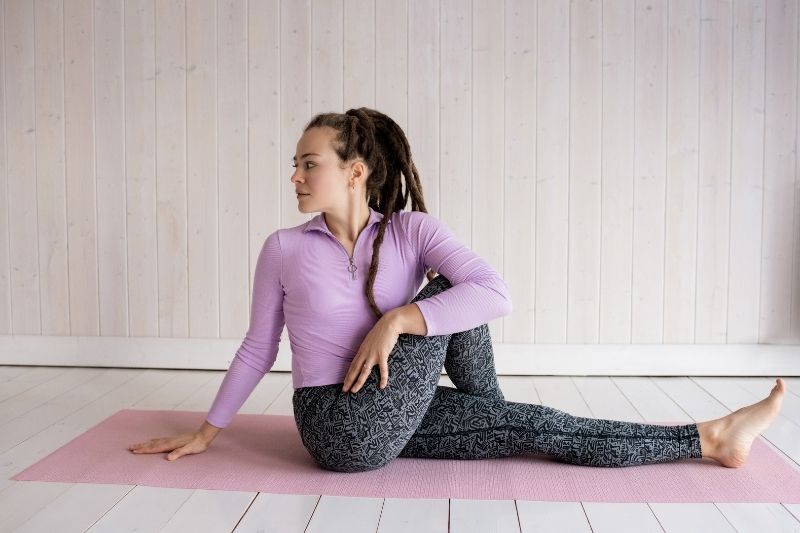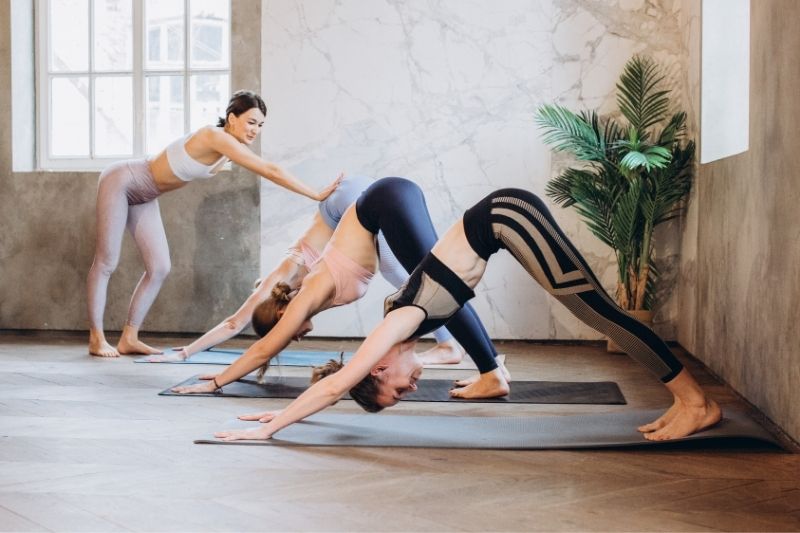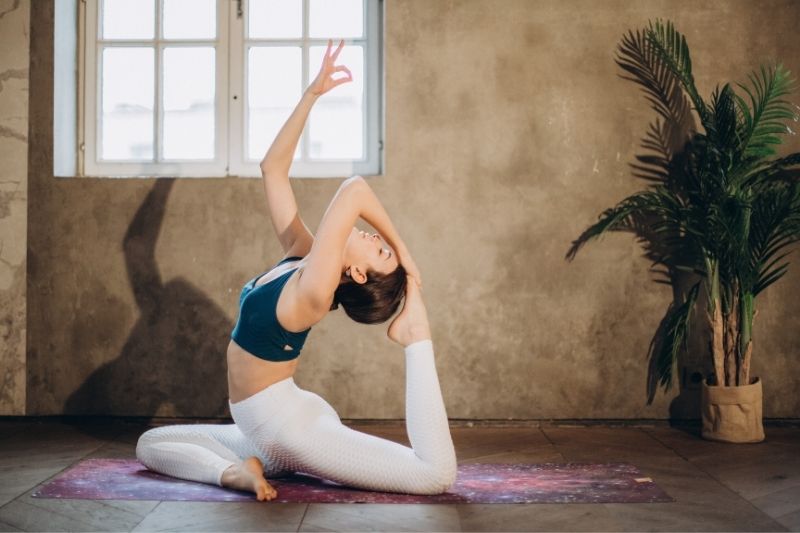It is important to practice Yoga in a way that makes it as safe and comfortable as possible. Thanks to the work of Iyegnar many beginners worldwide can now achieve Yoga postures where they could not before. Many Yoga posture snow have variations that include the use of tools in order to make them more accessible for people of all levels. These Yoga Tools also ensure that as a beginner, you practice your postures in a safe manner and don’t injure yourself. As you become more comfortable with each posture you can start to reduce the amount of Yoga Equipment you use as you will be able to more fully complete an Asana on your own.
• An armchair for support use. A wicker armchair is usually the most commonly used during Yoga as it gives you enough freedom of movement while still providing arm and back support. Armchairs are used as both support and for twists.
• A bandage wrap for around the forehead is often used to protect the forehead in bends. It is also used as a tool for reducing headaches when practicing Yoga to relieve your headache. Wearing a bandage can relive some of the pressure in your head.
• Belts are used to keep your elbows in or to help you catch a hold of your foot in forward bends if you can’t quite reach it on your own.
• A small bench or coffee table is used to arch the back and open the chest. It’s used in many Asanas and their variations.
• Blankets are commonly used throughout Yoga. If you are a beginner, you will need blankets for almost every single Yoga Asana you practice. Blankets are folded up carefully and used as support to ensure your postures are comfortable and easier to complete.
• A wooden block or a brick can be used to support your hand when postures require it to touch the floor and you can’t quite reach.
• Bolsters are typically used in supine postures to support the back and lift the chest.
• A door post can be used in the posture “Supta Padangusthasana” in order to support your raised leg.
• Ledges or window sills are great for holding onto during standing twists to allow your body to turn properly and as much as possible.
• A non-slip mat may be useful if your floor can be slippery. A non-slip mat is particularly useful for standing postures where grip is essential to safety.
• A pole can be used to increase your shoulder movement in postures such as “Uttanasana”.
• A small stool is useful in a few different ways for Yoga Asanas. It can be used to support the thighs, or to support lifted legs in twists, standing postures or restful poses.
• A wall can be used in place of a ledge to aid in twists but is also very useful as a fundamental part of many inverted postures. They can provide both support and a sense of direction during your Yoga session.
Yoga Teacher Training in India | Aerial Yoga Teacher Training in India | Prenatal Yoga Teacher Training in India | 200 Hour Yoga Teacher Training in India



